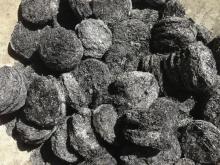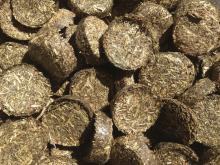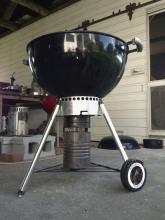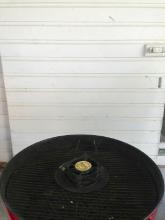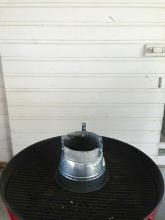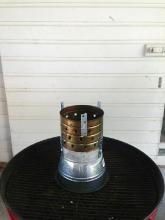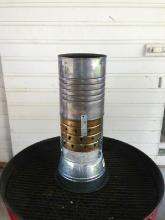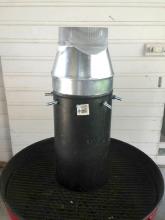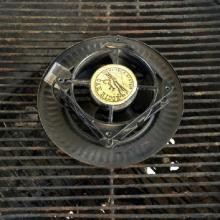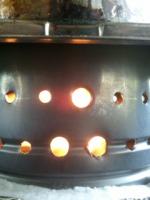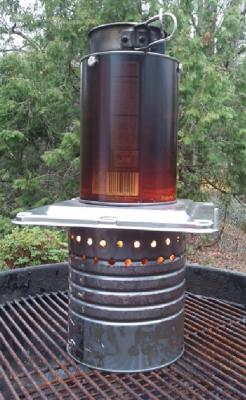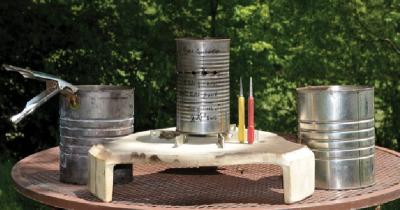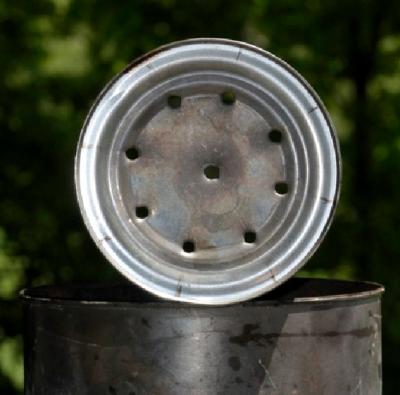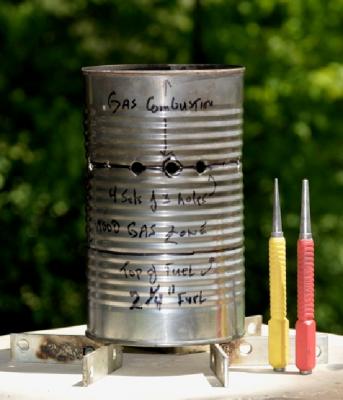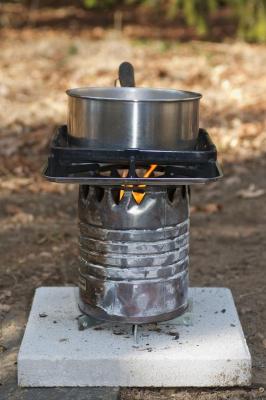The grass tablet biochar (pyrolytic carbon) shown above was made in an iCan TLUD
with a variable speed blower. This charcoal was air quenched and is thus bone dry.
When wet, it is very soft and can be formed to fit a variety of shapes. I have found, for
example, that grass tablet biochar saturated with cold water is effective at reducing the
pain of burns.
The following pages illustrate some of the ways the above biochar was made.
Note: Grass biochar will be ashy as grass has considerably more ash content that
wood
Grass tablets broken into short sections prior to being loaded into the fuel chamber of
the iCan reactor.
These tablets were made from field grass about 3 years ago in Shelburne, VT. Note
that the longest fibers are about the length of the diameter of the tablet. Shorter is
better.
These tablets are about 4 cm in diameter.
Download the attached Grass Tablet Biochar How To for detailed Reactor photographs and answers to questions posed to Jock by the stoves community.

